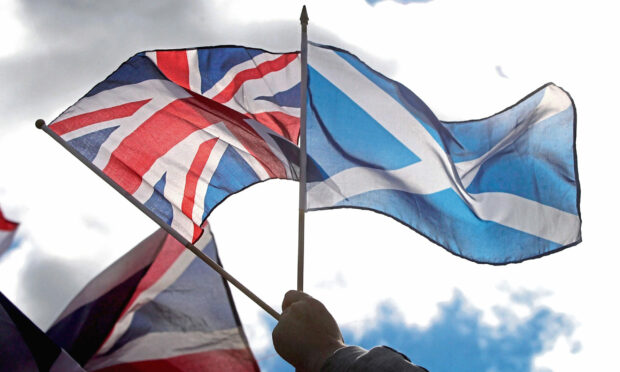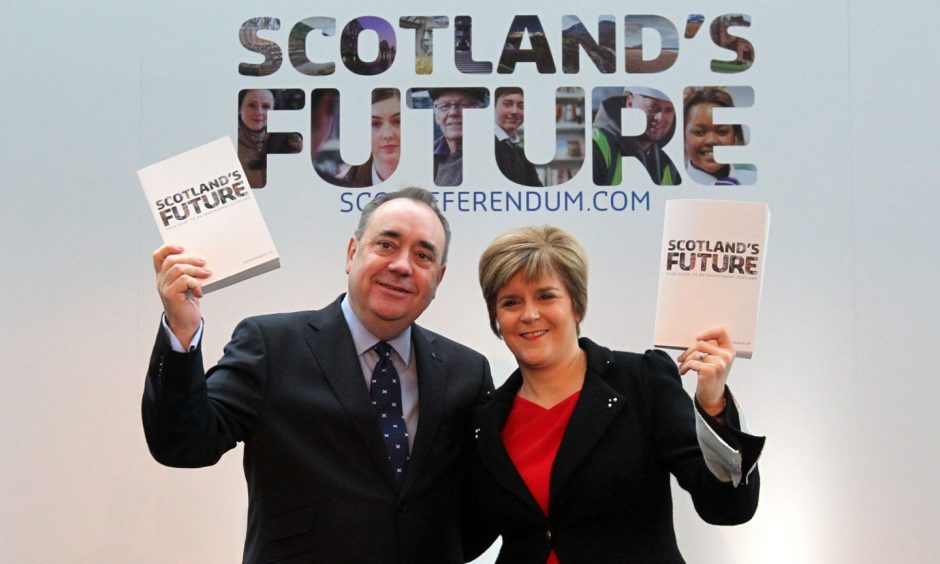The north of Scotland recorded some of the highest concentrations of votes to stay part of the UK 10 years ago.
Would that pattern be repeated today?
As the decade is marked, here’s a look back at how you voted in the landmark referendum, wherever you lived in Scotland.
Our map shows Orkney was the most unionist of the 32 local authorities. A massive 62.7% backed No on September 18, 2014.
Shetland was also not convinced by Alex Salmond’s Yes campaign.
Aberdeenshire, with a high Tory vote, was always going to be a tough place to win over, despite Mr Salmond living there.
Aberdeen voted 58.6% for the union.
The Highlands was closer at 52.9% for the union.
We also looked at how the opinion polls shifted over time.
Look for the key moments in UK life and how they might have affected people’s views.
The EU vote appears to have pushed pro-independence feelings up the scale.
But Nicola Sturgeon was unable to capitalise.
It has fluctuated recently between Yes and No.
And the most recent polling at the weekend suggests the younger generation would be the one to put independence back on the table.
Nearly two-thirds of 16 to 34-year-olds say they would be a Yes vote now – but the same figure of over 65s would say No.
Without any clear route to a second referendum, and activists disillusioned, it looks like the vote will remain a lesson for history rather than a springboard for another one any time soon.


Conversation